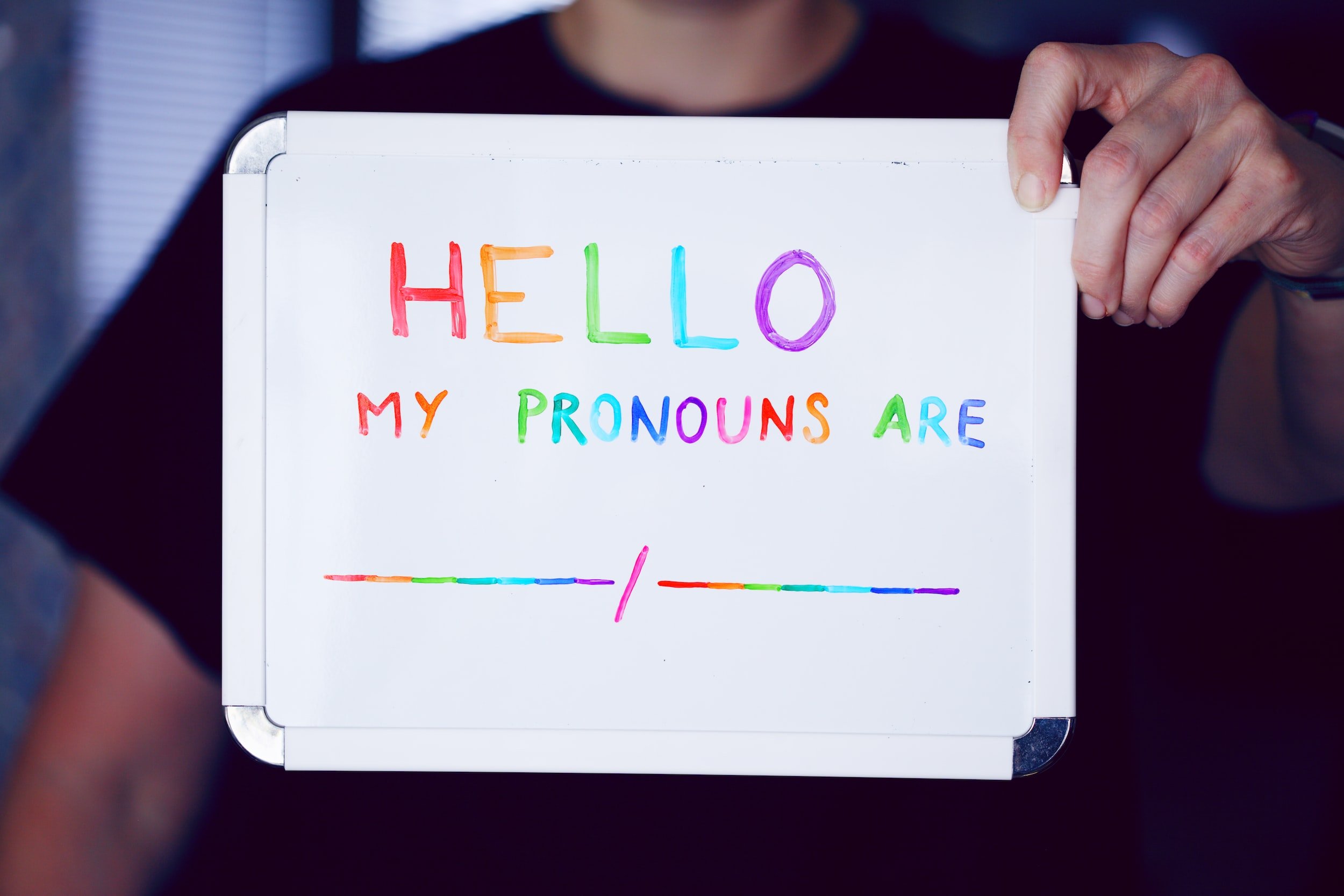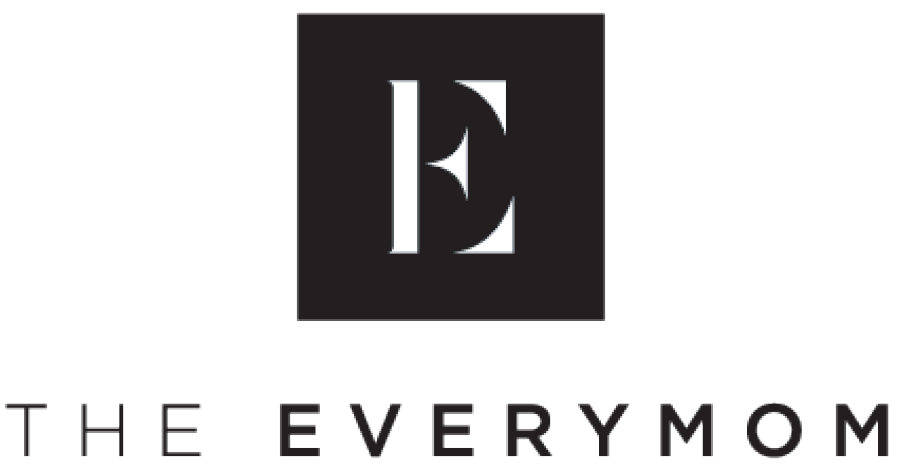June is pride month, a tradition that started following the Stonewall Riots, largely considered to be the beginning of the modern LGBTQ+ rights movement. It is a time for LGBTQ+ people to celebrate the progress that has been made, pay homage to queer ancestors, protest LGBTQ+ discrimination, and raise awareness of LGBTQ+ issues. But when you feel unsure as to where you fit into the LGBTQ+ community, or if you identify with it at all, this time of the year might bring up mixed emotions. American society defaults to assuming that everyone is cisgender and heterosexual so when you feel like you might not fit into one or both of those identities, questioning is a normal part of navigating it. In fact, being unsure about your identity is so common amongst the LGBTQ+ community that the “Q” in LGBTQ+ stands for both “queer” and “questioning.” If you fall into the “questioning” camp, this article will offer insight into how to navigate your questioning journey and how to approach your involvement in Pride Month events.
How do I know if I am not cisgender?
Exploring and understanding your gender identity can be a complex journey. It is easy to feel overwhelmed by all the terminology and align your internal experience of gender with how gender identities are defined in words. Gender is a social construct, meaning that the way we understand and define gender identities is not based on objective truth but rather the expectations, behaviors, and roles that a society has assigned to each gender. In America, the mainstream understanding of gender is that it is a binary consisting of “man” and “woman,” but gender is actually a spectrum. Finding where you fall on that spectrum can feel complicated! There are a few things you can take into consideration to help guide your exploration.
Think about whether you feel a disconnect or discomfort with the gender expectations for your assigned sex at birth.
Some, but not all, transgender and non-binary people experience gender dysphoria, a type of psychological distress due to misalignment of one’s sex assigned at birth and gender identity. Dysphoria manifests differently from person to person, but if you feel uncomfortable in your body’s anatomy or dislike the way people perceive you based on gender expression associated with your assigned sex at birth, you might be experiencing gender dysphoria. According to the DSM-5, experiencing gender dysphoria symptoms, including incongruence between one’s gender and anatomy and a strong desire to be another gender and/or have different sex characteristics, for six months or longer qualifies a diagnosis.
Reflect on which pronouns and gender expression make you feel the most like yourself.
If you feel uncomfortable when people refer to you by the pronouns associated with your assigned sex at birth, that could be an indication that you are transgender or non-binary. An important caveat here is that pronouns do not always automatically equate with gender identity. Even though it is most common for women to use she/her pronouns, it is not necessary to use she/her pronouns if you identify as a woman. So understanding what pronouns feel validating to you is an important part of navigating gender identity, but it is not automatically the “answer” to how you identify. In addition to exploring which pronouns feel best, you can also try experimenting with gender expression. Gender expression is the way a person chooses to present their gender through appearance, pronouns, and voice. You can experiment with clothing, hair, jewelry, makeup, gender affirming padding like bras, and/or chest binding to see what feels the most you.
How do I know if I am not heterosexual?
Heteronormativity is the assumption that heterosexuality is the ideal, superior, and default sexual orientation. When you grow up in a heteronormative society, questioning your sexuality is not an obvious option. Similar to gender, it is easy to feel overwhelmed by all the terminology and how your internal experience aligns with definitions associated with different sexualities. Some people know from a young age that they are not heterosexual while others do not figure it out until later in life. No matter what, there is no “correct” time to figure out that you are queer. Here are some suggestions to guide your exploration of your identity:
1. Engage with the LGBTQ+ community and speak with queer people about their experiences.
Though everyone experiences their sexuality differently, there are patterns and commonalities that connect queer people so talking to others about their experiences and how they figured out their sexuality can provide valuable insight.
2. Experiment with different intimate experiences and consuming LGBTQ+ media.
If you are comfortable enough to experiment with being intimate with other people despite not knowing for sure what you will enjoy, this is a good way to test the waters. You should be transparent about your experimentation and uncertainty with any intimate partner because queer people, especially lesbians, have historically been objectified and sexualized by straight people. Some queer people will be totally cool with being an experimentation partner! That being said, it is important to be transparent that that is what you are doing. If you are not comfortable experimenting with another person yourself or you simply want an alternative for self-exploration, you can consume LGBTQ+ media and see how it feels.
3. Don’t get caught up in labels.
It is a very human impulse to want to put everyone and everything into an easily digestible box with a label. Some queer people find comfort in having a label to define themselves, while others feel suffocated and limited by it. You do not need a label to be valid in your queer identity.
Can I still attend pride events if I am unsure of my identity?
Absolutely! Unless an event is advertised to be for a specific identity or group that you definitely do not align with (meaning, you are not identifying with this identity group), you are welcome at pride. Pride events are inclusive spaces where the only qualifying factor to attend is a desire to support and celebrate the LGBTQ+ community. In fact, pride events can be especially helpful to a questioning person; being around queer people and seeing how they express themselves might just be the enlightening moment you are looking for.
Remember that there is no rush to label yourself or make a definitive decision about your identity on anyone’s timeline but your own. There is no right way or age to discover you are queer. Furthermore, gender and sexuality are fluid! They can change over time and that is okay too. Connecting with a supportive queer community, seeking guidance from LGBTQ+ celebratory therapists and support groups, and taking the time to educate yourself about different gender identities can all be valuable resources as you navigate your journey of self-discovery. Even while you are figuring it all out, you are always welcome at Pride events!

































